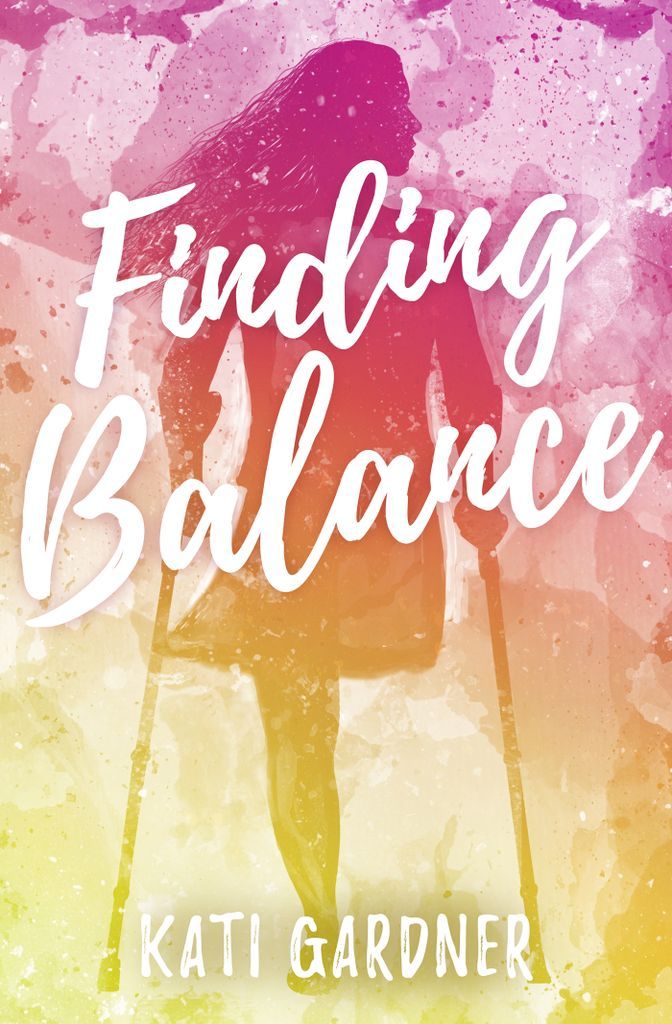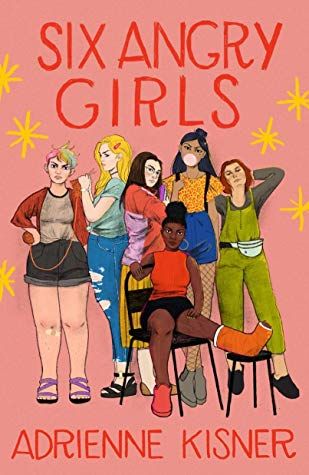“Given the consistency with which this erasure happens, it’s safe to say these aren’t oversights or missteps. They are likely intentional choices made with a non-disabled audience in mind, and as a result, disabled readers may browse hundreds of books in any given bookstore’s YA section and not see a single visibly disabled character on the cover. Disabled readers deserve to see themselves represented. They deserve to be visible on the covers of the books they star in. They deserve to be treated with the same respect as their non-disabled counterparts. It’s time we see more and better disability representation on our covers.” Their piece examined the places where disability representation was front and center on book covers, as well as the gaping holes when it comes to representation. Representation on book covers has shifted significantly since 2016. It’s far from perfect, of course, and there never will be a “perfect” when it comes to representation. Readers and those working within the publishing industry can only continue to speak up and out and demand more. That’s how the work has been done, particularly in relation to teens of color showing up on YA book covers. But what about disabled teens? Over the last few years, there’s been more movement toward seeing disabled teens on YA book covers. Certainly, there are limitations to how disabled teens can be represented on a book cover, as Duyvis and Whaley describe in their exploration. But there are also tremendous possibilities. Though it’s far from perfect, though there is so much more work to be done, 2020 is looking better when it comes to disabled teens on YA book covers. Find below a look at some of the rad YA book covers featuring disabled teens hitting shelves this year. Where designer and artist information is readily available, it’s been included. It’s worth noting that, despite the strides made to bring more representation to YA book covers, the books below don’t represent the diversity of writers in this category. That said, it’s utterly refreshing to see the characters depicted as more than solely white.
Disability Representation on YA Book Covers in 2020
The Oracle Code by Marieke Nijkamp, Illustrated by Manuel Preitano (March 3, DC Comics)
Cover illustration by Preitano What could be more important to see than a teen using a wheelchair who also happens to be a tech whiz…and a superhero? Nijkamp is a disabled writer, and this book puts the disability narrative front and center in a vital way. This graphic novel showcases Barbara’s use of mobility devices not just on the cover, but throughout the story, too.
Glitch Kingdom by Sheena Boekweg (February 18, Feiwel & Friends)
Cover designed by Katie Klimowicz and cover art by Rich Davies There is so much to love about this book cover: there’s a fat protagonist, and we get a glimpse of that. But more, we have a teen using a wheelchair on the cover—and it’s a teen of color. She’s not made to be a stereotype in any capacity, and more, because this is a book about teens who get stuck inside of a video game, we know immediately that teen is a gamer and, most likely, nerdy.
Finding Balance by Kati Gardner (May 5, Flux)
Cover design by Sarah Taplin Gardner’s book features an amputee front and center, and not only that, the bright, hopeful colors do an amazing job striking a balance between the reality of the character depicted with strength. The story follows two teens who survived childhood cancer, including Mari who became an amputee from it. This is an #OwnVoices novel, and Gardner has written about the importance of this cover for her book and for representation more broadly.
Six Angry Girls by Adrienne Kisner (June 2)
Cover art by Noel Klamus While a broken bone doesn’t necessarily qualify as a disability—at least under the Americans with Disabilities Act—very rarely are they depicted on book covers, and more, they can and do cause (usually) temporary physical challenges. Kisner’s book cover is especially worth including because the girl with the broken bone is a black girl. I’m pleased to say my next anthology Body Talk, which hits shelves this fall and has yet to have its cover revealed, will also feature visually disabled teens on it, corresponding with the raw, powerful, and empowering essays from a wide range of writers about the various experiences of living in and having a body. Four or five covers does not a sea change make, but let’s hope that this begins a wave of continued efforts to better depict the wide array of ways people look, move, and interact with the world on YA book covers. Like we’ve seen with the growth in YA books about disabled characters, we can continue to push for better visual representation.




